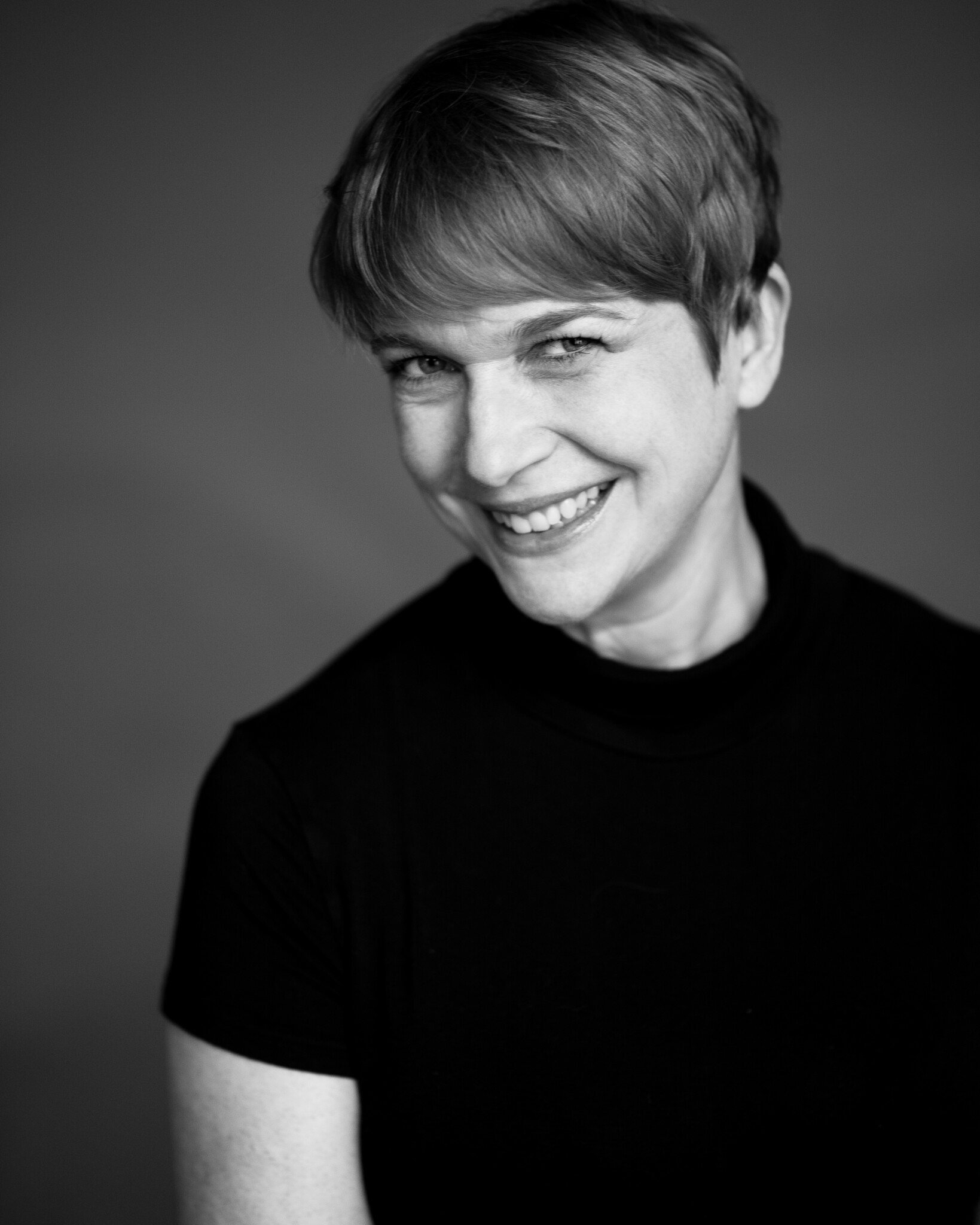Alright – so today we’ve got the honor of introducing you to August Tye. We think you’ll enjoy our conversation, we’ve shared it below.
August, looking forward to hearing all of your stories today. Are you able to earn a full-time living from your creative work? If so, can you walk us through your journey and how you made it happen?
Since moving to Chicago in 1991, I have been fortunate to make a living through my creative work, teaching and choreographing dance. I originally came to teach at Maria Tallchief’s School of Chicago Ballet while also training as a dancer with Joel Hall. My foundation in dance began in Kalamazoo, Michigan, where I trained under Therese Bullard at the Bullard School of Ballet and danced in the Kalamazoo Ballet, the company she directed.
One of the most valuable aspects of my early training was the emphasis on teacher education. Ms. Bullard instilled in us the importance of preparing for a dance career that extended beyond performance and technique. We learned how to teach, choreograph, design costumes, create budgets, build schedules, and even handle administrative tasks like answering the phone in a professional manner. This comprehensive approach provided me with the skills and resilience necessary for the challenges and successes that followed when I moved to Chicago.
The first major challenge came just six months into my position at Ms. Tallchief’s school when it unexpectedly closed. Suddenly, I found myself searching for new opportunities. Fortunately, I had built a connection with Marilyn Sheperd, who believed in my work. Together, we decided to open a dance school in Hyde Park, Chicago. Marilyn managed the business operations, including financial investments, while I oversaw the artistic direction—handling scheduling, hiring teachers and accompanists, developing programming, and budgeting for performances. It was a true partnership, and I’m proud to say that what started as a small school with just 30 dancers has now grown to nearly 500 students. In 2023, we celebrated Hyde Park School of Dance’s 30th anniversary.
From the very beginning, we committed to a clear and meaningful mission:
“Hyde Park School of Dance is a 501(c)(3) nonprofit providing opportunities for students of all ages to study, perform, and create classical and contemporary dance at the highest levels of discipline and artistry. We welcome dancers of any race, religion, body type, gender, gender identity, sexual orientation, and family income. We cultivate a love of dance and strength of body, mind, and character that will benefit our students throughout their lives.”
Building a sustainable dance school required time, patience, and perseverance. From the start, we prioritized fair employment practices, ensuring that all instructors were hired as employees rather than independent contractors. This not only provided job stability but also allowed them to earn Social Security and have taxes properly deducted. Anyone familiar with running a dance school knows that teaching classes is only half the work. Over time, I was able to receive a modest salary as Artistic Director, and more recently, we introduced a benefits package for our full-time employees—something I’m incredibly proud of.
Hyde Park School of Dance is what it is today because of the many small, intentional steps taken along the way, along with the unwavering support of our dedicated team and community.

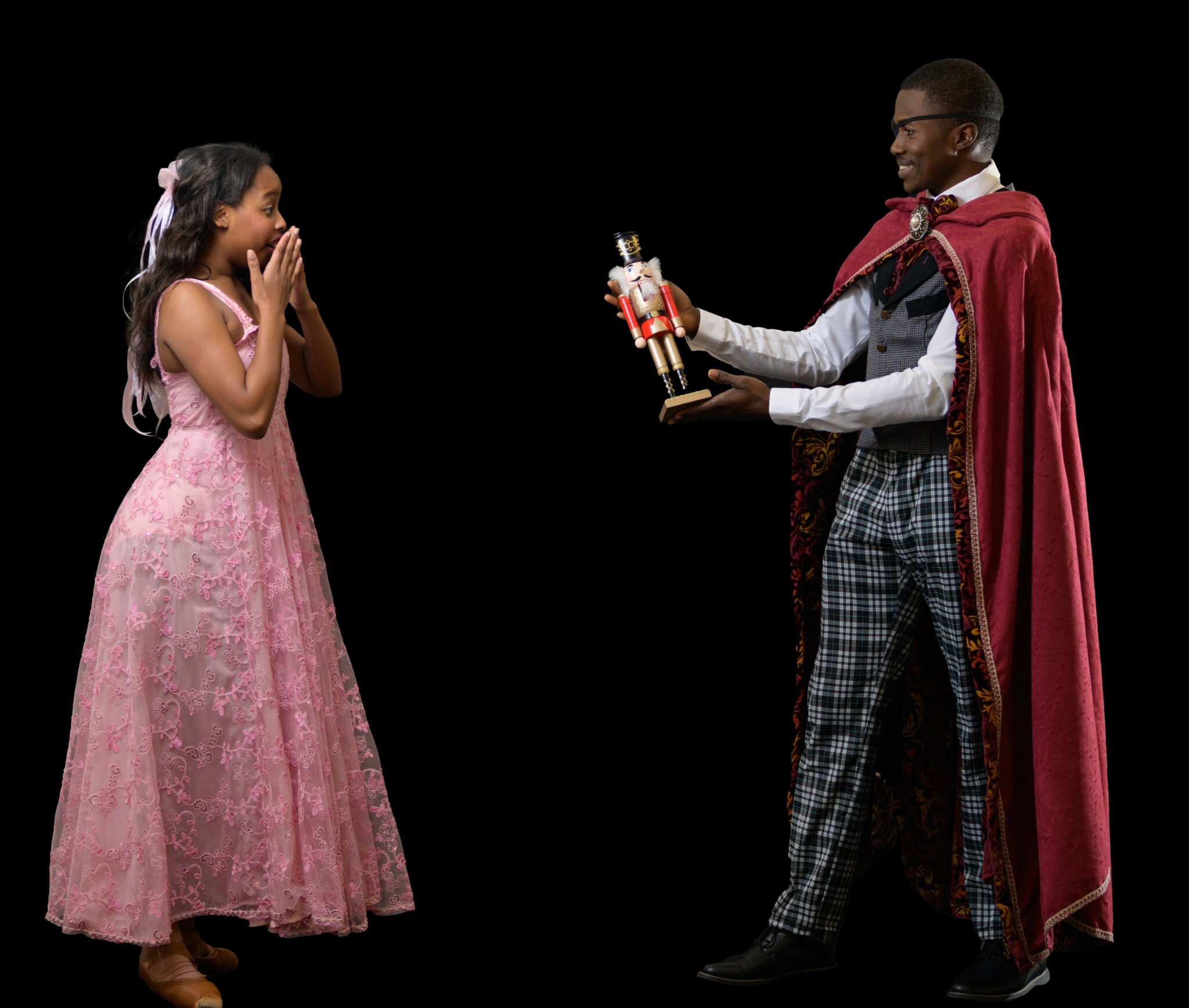
Awesome – so before we get into the rest of our questions, can you briefly introduce yourself to our readers.
I grew up in an environment filled with art. My parents were both visual artists who also worked in the public school system, and I watched them take a significant leap of faith when they launched their own business, Alchemist Bronze Casting Foundry, in Kalamazoo, Michigan. Creativity was always present in our home—I took countless art classes, and my younger sister and I would put on homemade dance performances for our parents.
Eventually, my parents recognized our passion for dance and enrolled us in formal classes. I was 11 years old when I began my training—considered a late start for a dancer at that time. However, by the time I turned 14, I knew dance was my calling. It was devastating when I was told I had started too late to become a professional dancer, but instead of letting that setback define me, I shifted my focus to teaching and choreography.
By 15, I was already gaining recognition as a promising young choreographer and had started teaching my own classes at the very school where I had trained. That early experience shaped my belief in resilience and the importance of pursuing one’s dreams with dedication and heart. I encourage all of my students to embrace that mindset—there is a space for everyone in dance if they are willing to commit to the work.
Beyond career aspirations, I firmly believe that dance benefits everyone, whether they choose it as a profession or a hobby. It instills confidence, discipline, and a deep sense of joy in movement—qualities that serve individuals well in all aspects of life.
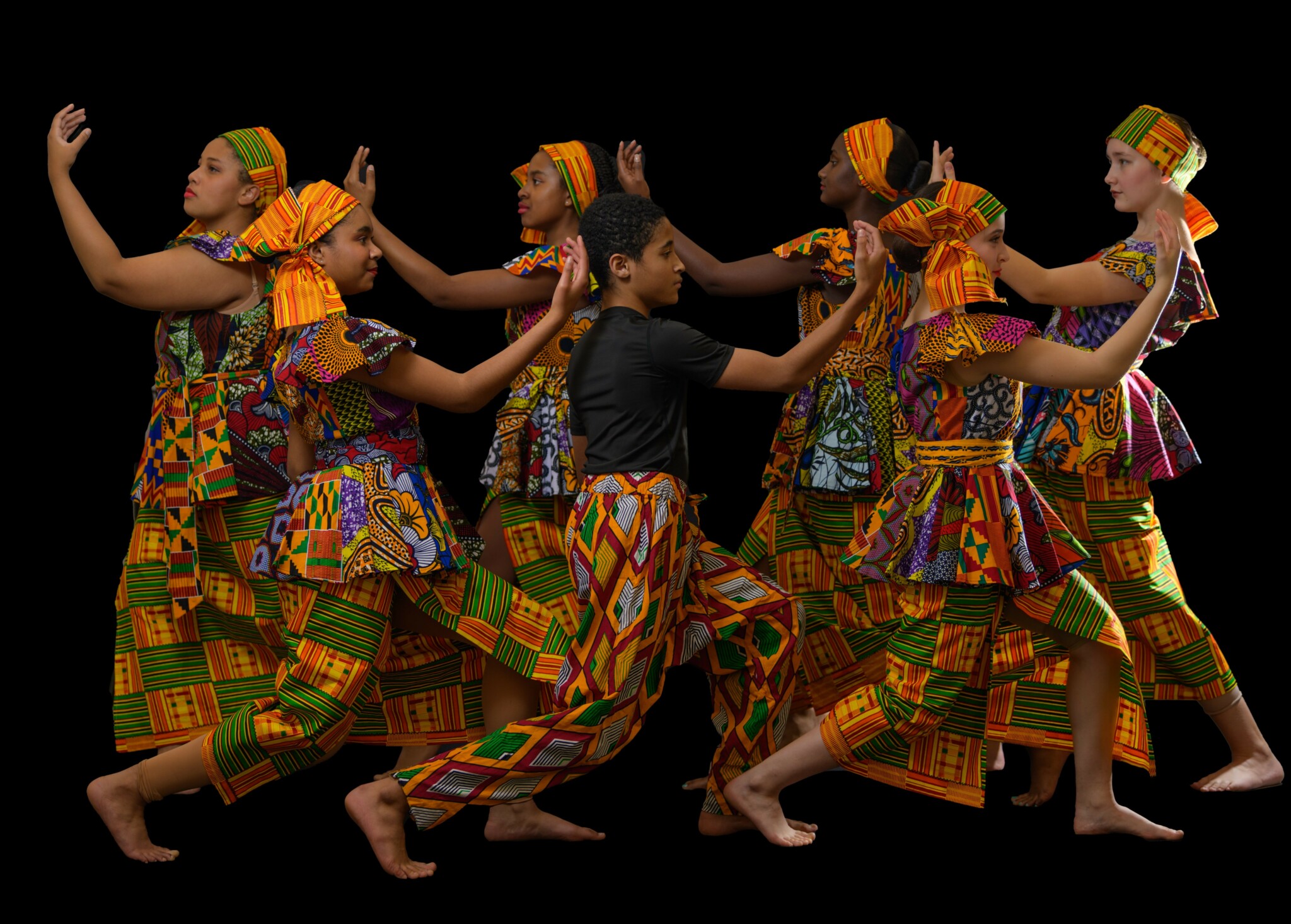
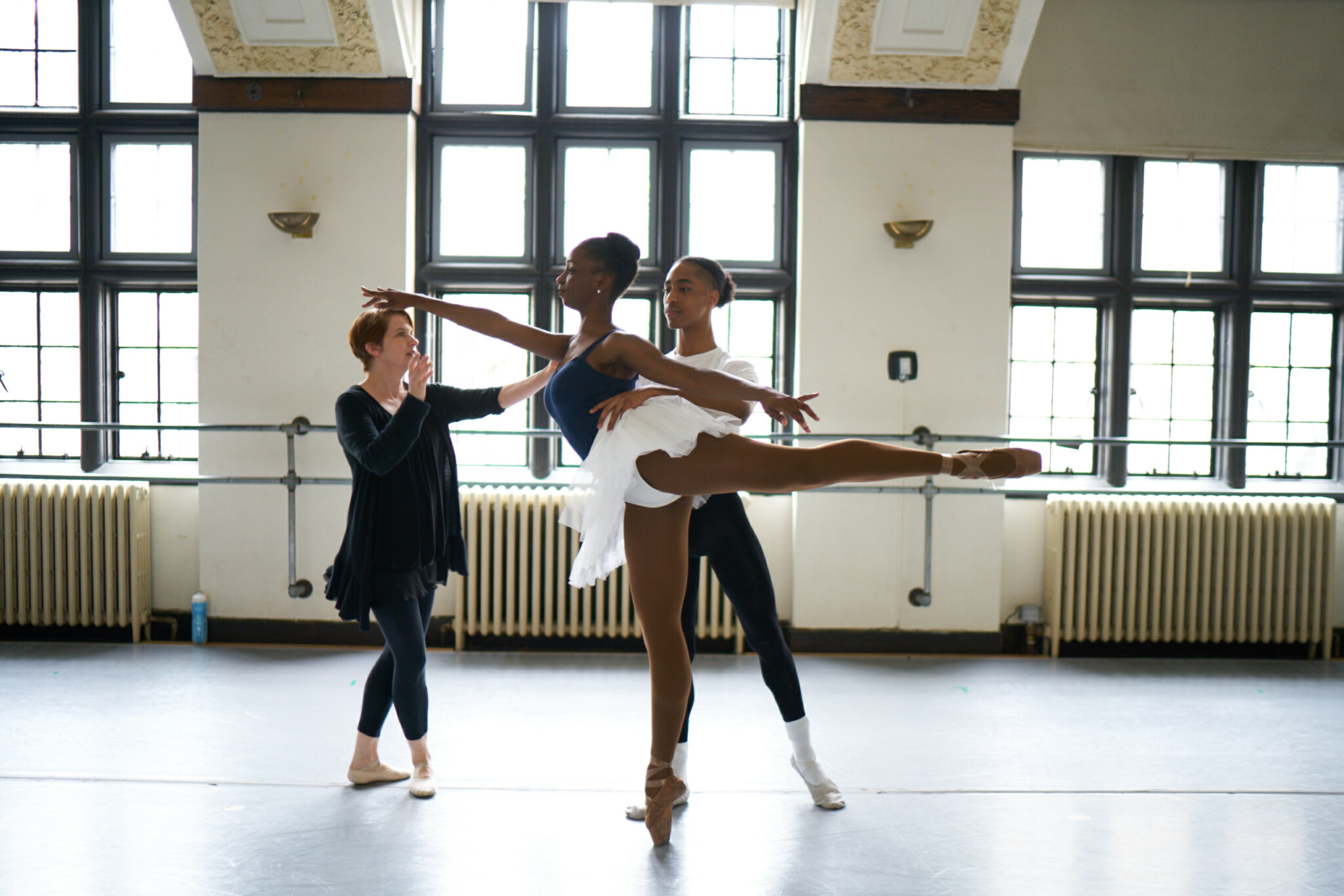
Are there any books, videos or other content that you feel have meaningfully impacted your thinking?
I grew up training in a school that was informally structured around the Royal Academy of Dance (RAD) syllabus. When I say “informally,” I mean that while we followed the syllabus, we did not participate in the formal Ballet Exams. Instead, we used the syllabus as a teaching foundation, and I found this structure to be both grounding and highly effective in producing excellent results.
In 2017, I decided to embark on a two-year program to become a registered teacher with the Royal Academy of Dance. Balancing this rigorous program with a full-time job felt like going back to college, but it was absolutely worth the effort. The experience left me inspired, particularly by the evolution of the RAD syllabus, which had changed significantly from the version I had learned as a child.
The updated syllabus incorporates essential topics such as inclusivity, early childhood development, mentoring, and creating safe spaces, in addition to its new and engaging technical work. To maintain my status as a registered teacher, I am required to participate in annual professional development—something I view as an opportunity rather than a requirement.
I highly recommend this program to both new teachers looking for a strong foundation and experienced teachers seeking fresh inspiration. The depth of knowledge and support it provides is invaluable to any dance educator.

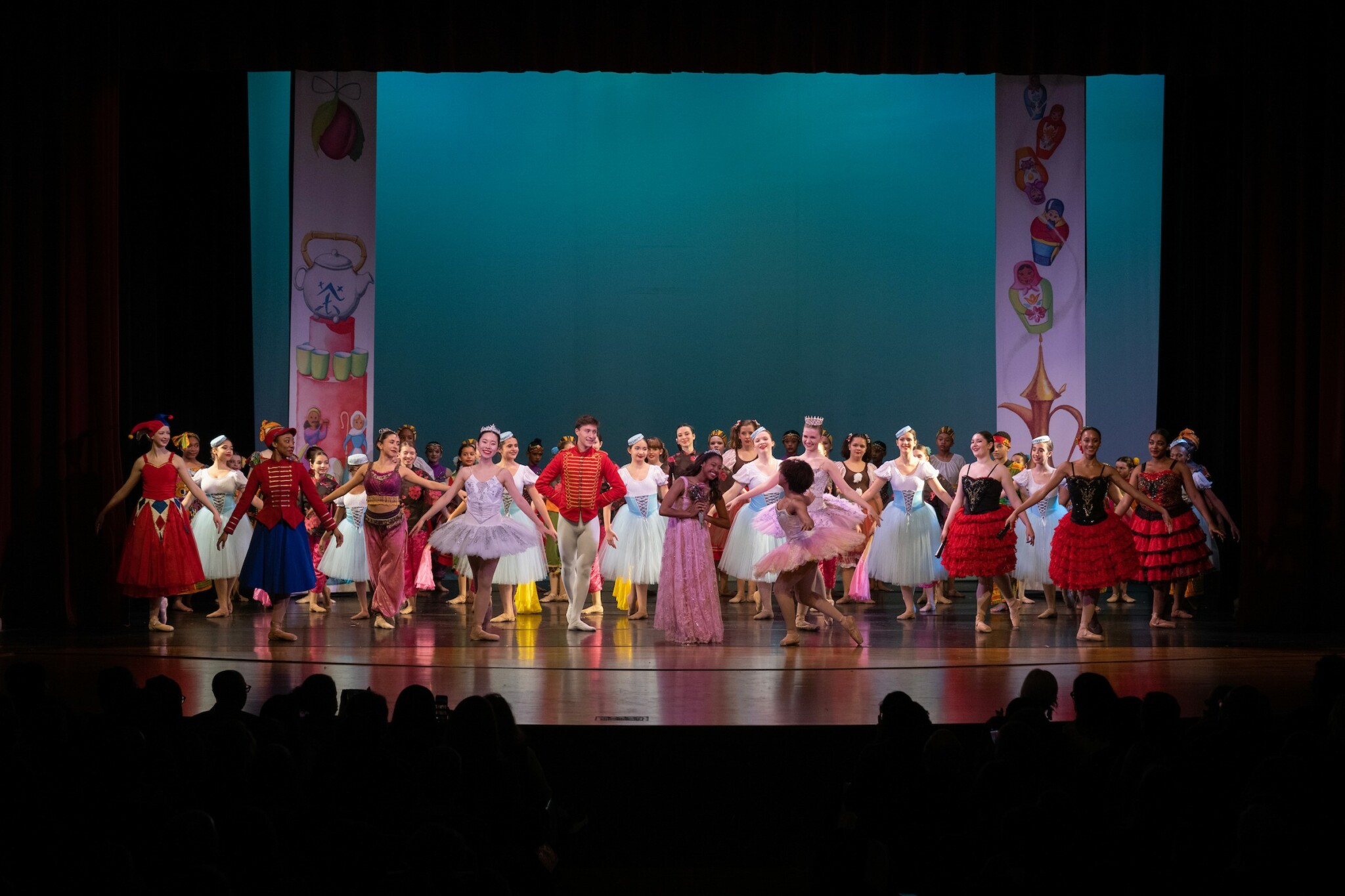
Is there something you think non-creatives will struggle to understand about your journey as a creative? Maybe you can provide some insight – you never know who might benefit from the enlightenment.
One of the things I’ve observed throughout my career in the arts—something that non-creatives may not always understand—is that loving what we do as artists does not mean we should be undervalued when it comes to pay and job benefits. Passion for our work should never be an excuse for inadequate compensation.
As a leader of a dance school, I have had to address this issue more than once. While the artistic side of our careers is fulfilling, there are aspects of the job that are not always enjoyable—just like in any profession. Also. artists, like all professionals, have the same fundamental needs: the ability to support a family, invest in a future, buy a home, and build financial stability as we grow older.
Advocating for fair compensation and sustainable careers in the arts is essential, not just for individual artists but for the health and longevity of the arts industry as a whole.
Contact Info:
- Website: www.hydeparkdance.org, augusttye.com
- Instagram: @hydeparkschoolofdance
- Facebook: @hydeparkschoolofdance
- Linkedin: https://www.linkedin.com/company/hyde-park-school-of-dance
- Youtube: @hydeparkschoolofdance6585
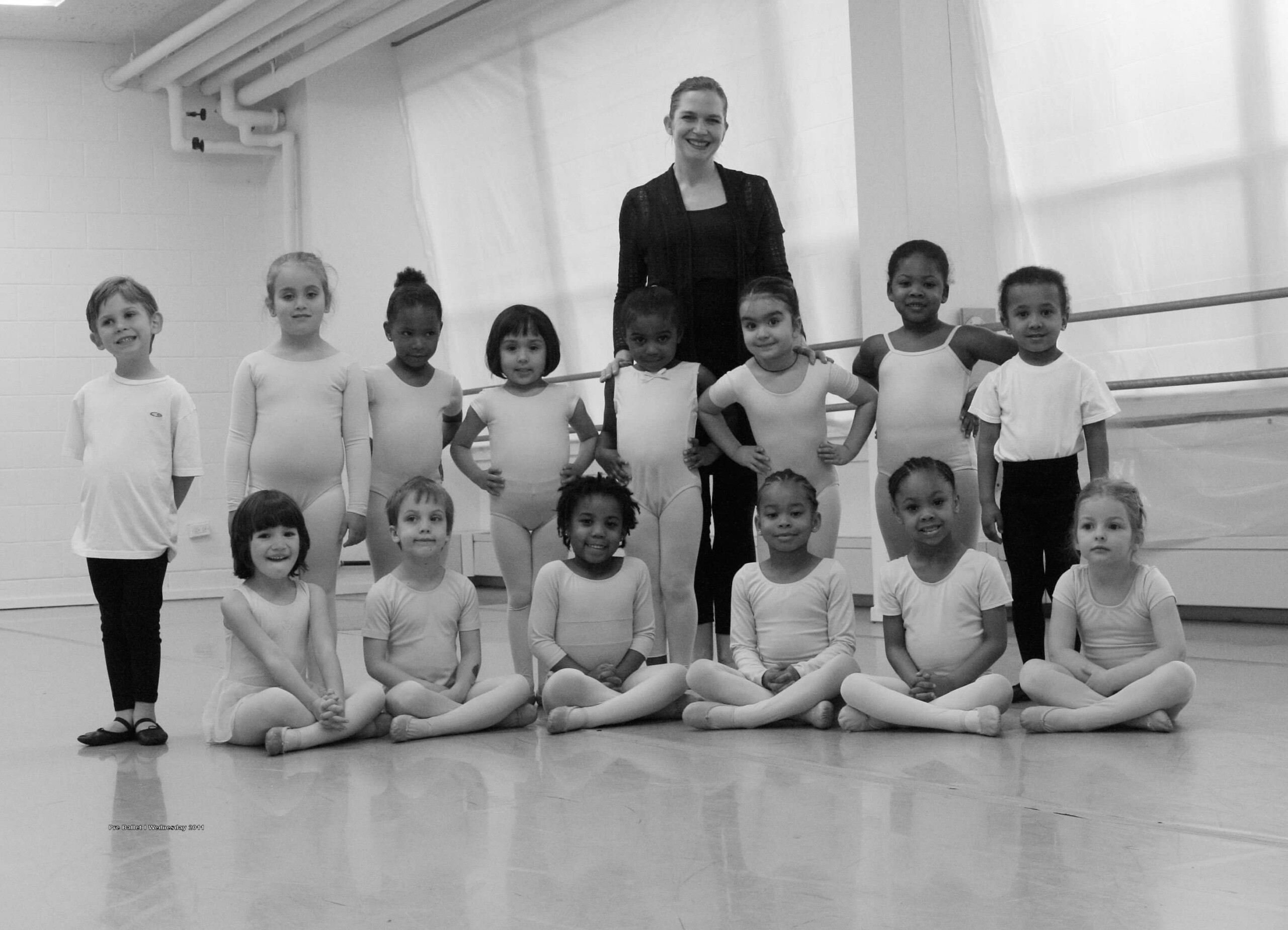
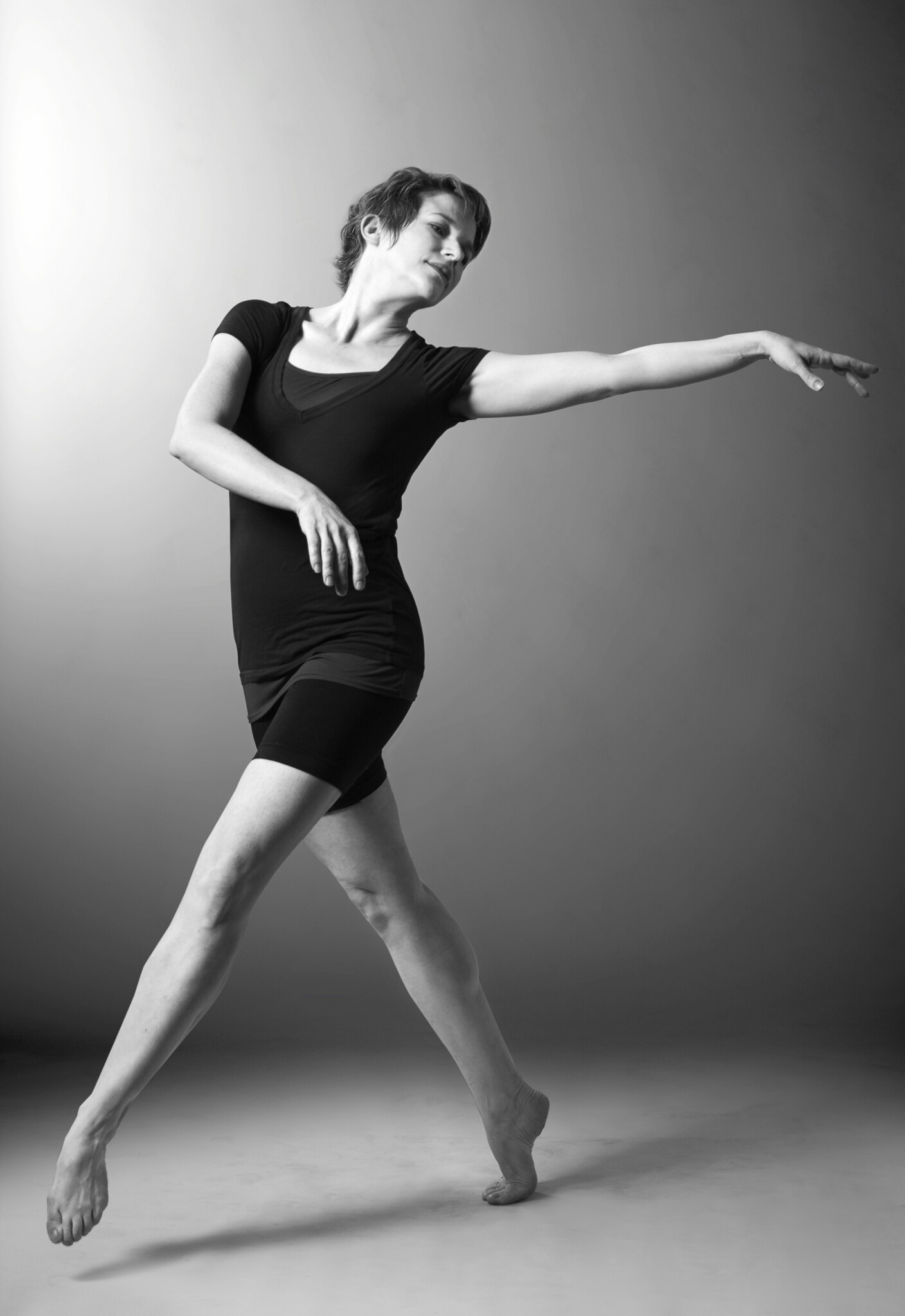
Image Credits
Marc Monaghan, Michelle Reid, Damien Thompson


